What Should Be Done With Yachak, the Cattle-Killing Bear of the Andes
Conservationists and ranchers in Ecuador struggle to make peace while an elusive spectacled bear feasts on valuable livestock
/https://tf-cmsv2-smithsonianmag-media.s3.amazonaws.com/filer/Bears-Andean-YACHAK-631.jpg)
On November 12, 2009, in the remote northern highlands of Ecuador not far south of Colombia, a pair of grazing bulls lost their footing on a steep, muddy slope. They slipped down the sheer face of a deep Andean ravine and landed dead in the small stream gully below.
Some days later, a large spectacled bear picked up the smell of ripe flesh. The animal, a male, followed the scent trail down from its high cloud forest habitat and spent several days feasting on the carcasses—treasure troves of protein and fat for an animal that lives mostly on vegetables, fruits and tubers. The event, seemingly just another day in the high Andes, where bears and cattle have crossed paths for centuries, would spiral into one of the most problematic sagas now affecting relations between local indigenous communities and the endangered spectacled bear.
“That was the first time he ate beef,” says Andres Laguna, a Quito-based biologist with the Andean Bear Foundation who has been studying and resolving matters of bear-human conflict for several years. “Then, a few weeks later, he killed his first cow.”
The male bear, Laguna says, quickly gained an irresistible taste for flesh and embarked on what has become an unstoppable and possibly unprecedented rampage of killings. The animal, which Laguna has nicknamed “Yachak”—the indigenous Quechua word for “wise man”—has now killed about 250 head of livestock in the northern provinces of Carchi and Imambura since his first taste of domesticated flesh. Months at a time do go by when the bear vanishes, but other times Yachak kills wantonly. In one week in 2012, for instance, he killed seven head of cattle.
Many local ranchers would be perfectly glad to see Yachak dead, and unknown individuals have broken federal law in attempts to kill him. But Yachak, believed to be more than 15 years old, remains alive while, instead, about a dozen innocent bears have lost their lives to the bullets. Laguna says several bears have been shot from treetops while peacefully eating bromeliads, colorful epiphytic plants like jesters’ hats with starchy bulb-like hearts. Amid such lawless unrest, it’s clear that Yachak has compromised relations between conservationists and the people who live on the fringe of Ecuador’s dwindling bear habitat—and the conflict brings forth the question that wildlife managers in many places have to ask at times: Would the species be better off without this individual?
In Montana, grizzly bears—a threatened species—are regularly culled from the population when they become habitual sheep or cattle killers. Mike Madel, a Montana bear conflict management biologist in the region known as the Northern Continental Divide Ecosystem, calls killing bears “the worst part of my job.”
But, he says, it’s essential.
“It’s so much better in the long run for social acceptance of the bears to remove the problem bear from the population,” Madel explains. “You just have to weigh the negative social influence that one or two bears that are killing cattle can have on an area. Just one bear, if you let it keep killing livestock, can cause dissention and cause people to start talking negatively. It can really drag down an entire recovery program.”
In the late 1980s, when the grizzly population of northwestern Montana was crawling back from its historical low of about 350 in the 1970s, two grizzlies—a male and female living side by side for the short mating season—began killing cattle together. When the pair separated, they still wanted beef.
“All of a sudden, we had two bears killing livestock,” remembers Madel, a 30-year veteran in his field. The female was relocated and successfully turned back onto a natural diet. The male, however, after a relocation effort, traversed the 150 miles back to the cattle country where he’d been trapped. Nicknamed the “Falls Creek Male,” the bear resumed killing—and did so for years. By 2001, this individual grizzly had killed more than 60 cows, Madel says, and incurred costs on ranchers topping $70,000. Other sources inflated that figure to as high as $200,000.
The ranchers of the region had been supportive of the grizzly population—even happy, Madel says, to see it rebounding.
“But after a while, they were irate,” he says. “This bear was really setting back the conservation effort.”
In 2001, the bear was finally trapped and euthanized. The animal’s advanced age and poor health—including severely worn teeth—made the decision to put it down an easy one, Madel says.
But the bear situation is very different in Ecuador. Here, the population of spectacled bears is not rebounding, nor is it holding steady. Rather, it is shrinking, recoiling from the expanding human population and the cattle herds that encroach further and further into the high country every year. Just 3,000 spectacled bears remain in all of Ecuador, and perhaps just 18,000 throughout their range, from the southern Panama isthmus to Argentina. Leading bear experts worry that the species might be extinct in 30 years.
Only several dozen spectacled bears may live in the mountainous bear country on the north slope of the 18,996-foot Volcán Cayambe, and Yachak, one of just two breeding males in this population, according to Laguna, is too valuable to his kind to kill.
“From the conservationist point of view, it is not acceptable to lose this bear,” Laguna says. He even wonders if eliminating Yachak from the population would make space for younger males to move into the region and begin causing similar problems.
Almost every weekend, Laguna makes a four-hour trip from Quito to the bear country near the border, either to retrieve the memory cards from a pair of motion-detecting cameras or to locate newly reported bear kills and place his cameras on nearby trunks. Laguna’s cameras have identified 36 individual bears in the region, each with distinctive facial markings like goggles.
Laguna’s fieldwork also involves working with local ranchers, hearing their complaints and listening to their bear-related tribulations. These meetings often take place informally by the side of the road, with sweeping views of Andean valleys and high treeless tundra leading up to the slopes of Cayambe. It is precisely these highlands into which cattle herds have been expanding in recent years as more and more local farmers switch from producing sugarcane and avocados to raising animals for milk and cheese. As this shift occurs, conflicts with bears will only increase, Laguna predicts, whether or not Yachak is removed from the population. Laguna fears that, unless peace is attained between bears and ranchers, the spectacled bear will be gone from these mountains within ten years.
Laguna, often accompanied by several colleagues, has frequently explained to ranchers that their actions—edging their cattle into the cloud forest—are ultimately causing the strife between them and the bears. Laguna says deadly incidents between spectacled bears and livestock are almost always the result of poor herd management—not a propensity of the bears to kill.
The Andean Bear Foundation has urged farmers to keep their animals to the pasturelands surrounding their villages. Also on the table is an idea to develop an ecotourism economy in these mountains, based, chiefly, on the opportunity for visitors to pay to see a spectacled bear.
“But we have no facilities, no infrastructure, for tourism” says Asencio Farinango one afternoon in late January, during a stand-around discussion in a field beside the Quechua man’s home. Farinango is a rancher. He is also the unofficial mayor of the rural communities surrounding the central village of Mariano Acosta, set in a valley of sugarcane and fruit trees and flanked by steep mountain slopes. In this area, about 15 families have been affected by rogue bears. Farinango himself has only lost livestock to pumas (they were alpacas), but he relays to Laguna the frustration of those whose cows have been killed.
What Farinango says is true: There is no money to be made at the current time from tourists. The area is only accessible via a network of dirt and cobblestone roads so bumpy that area residents hitchhiking between village and home could nearly be tossed from the bed of a pickup truck. There are no lodges here, or even campgrounds—and there has been no publicity or advertising. Moreover, the likelihood of seeing a wild spectacled bear is miniscule. Laguna has visited these mountains almost every weekend for three years since he joined the Andean Bear Foundation; only ten times has he glimpsed a free-moving animal.
Farinango says ranchers nearby who have lost cattle to bears have asked local officials for assistance or reimbursement. The government, Farinango says, “is unconcerned and hasn’t responded.” Yachak, meanwhile, has killed nearly $150,000 worth of animals,
Laguna believes the most favorable option for ending Yachak’s killing bender is to catch him—if possible—fit him with a GPS collar, and keep him under constant surveillance. Six other bears known to occasionally kill livestock will, hopefully, be similarly tracked. This strategy, though laborious and cumbersome, should allow hired guards with dogs to respond when problem bears are detected approaching cattle and harry them back into the woods. By watching the bears’ movements—or lack thereof—they also hope to see that the protected animals are not killed by local vigilantes.
But Yachak has so far proven too sly to enter a baited box trap or place his foot in a cable snare—both methods that Laguna and many other researchers have employed to capture, then tag and release, bears. This isn’t surprising to Madel, who says old male grizzlies can be extremely difficult to capture. Even if a problem bear is trapped, and a radio collar secured around its neck, such animals can be very resistant to reconditioning back to a natural diet. Then, there is the possibility that the bear will manage to remove its collar. The Falls Creek Male did exactly this in the late 1980s after its first capture, Madel says, and thereby paved the way for years and years of unseen attacks on cattle herds.
Madel is firm in his opinion that, if Yachak is captured, he should be euthanized. Madel says he would feel differently if Yachak was a female. Dominant males, he explains, are quickly replaced by subordinates when the older animals die. Female bears, quite literally, carry with them the future of their species.
“If they’re killing [livestock] animals, we give females three chances before we euthanize them,” Madel says. Toward males, state trappers are less patient. “We give them one chance, or no chance.”
On February 4, in his most violent outing to date, Yachak kills four cows and injures two others, bumping up his appalling tab by several thousand dollars. It’s a devastating loss for a country family that earns only several hundred dollars per month, largely from milk sales—and Yachak, it appears, is now killing for sport.
Another daunting problem has also arisen—something Madel says he has never heard of among grizzlies but which Laguna has verified through his motion-triggered cameras and from information provided by witnesses: A resident female bear has taught her cub to kill. Together, the pair took several cows during the young bear’s upbringing. Now, the adolescent male, 20 months old, has left his mother’s care and gone into the future not only with a taste for beef but also the skills to get it. Laguna says he believes keeping the cattle herds out of the high country would be the surest, fastest fix to the matter.
/https://tf-cmsv2-smithsonianmag-media.s3.amazonaws.com/accounts/headshot/Off-Road-alastair-bland-240.jpg)
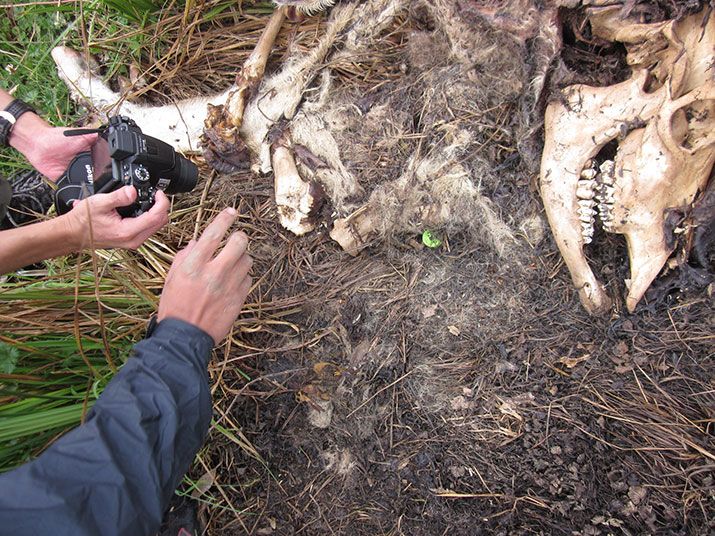
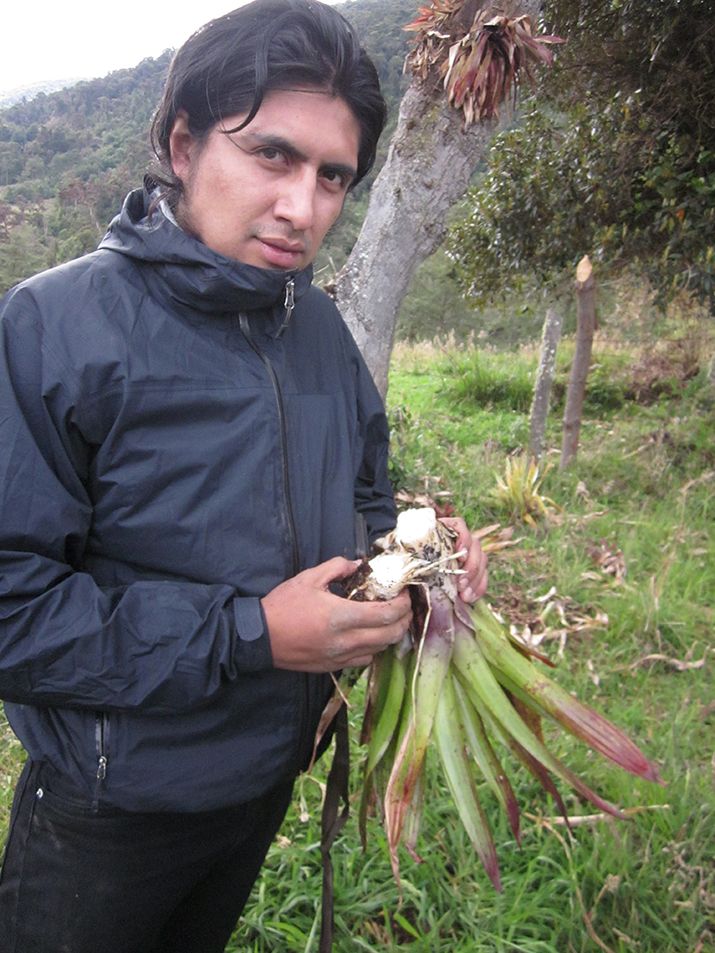
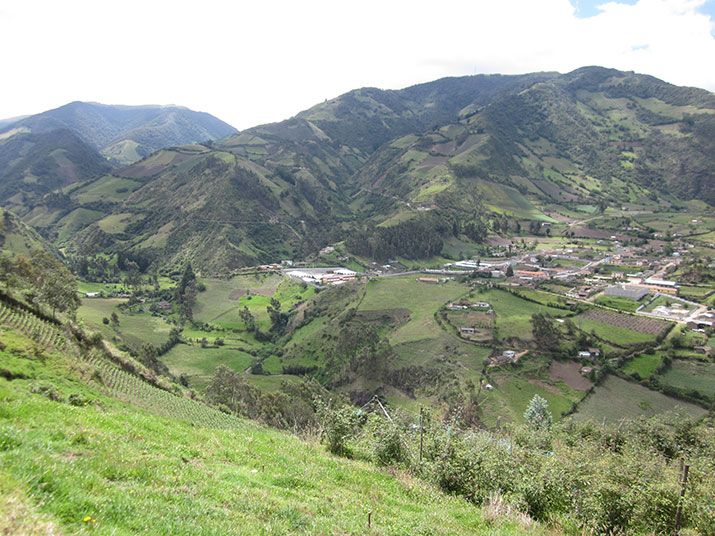
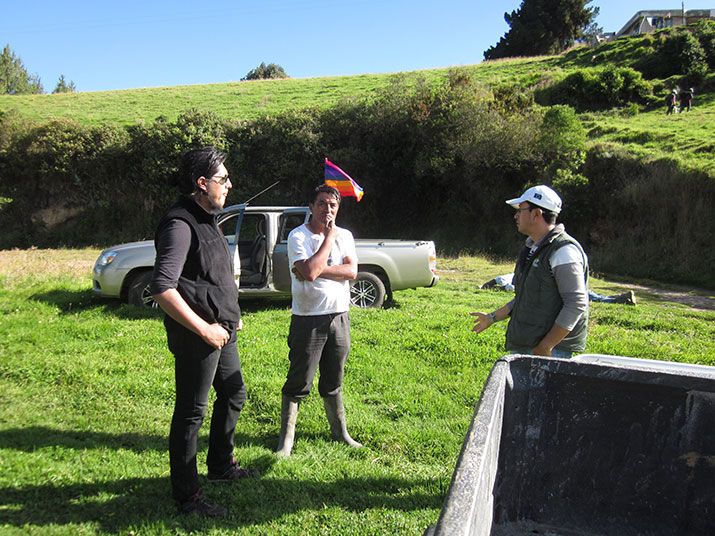
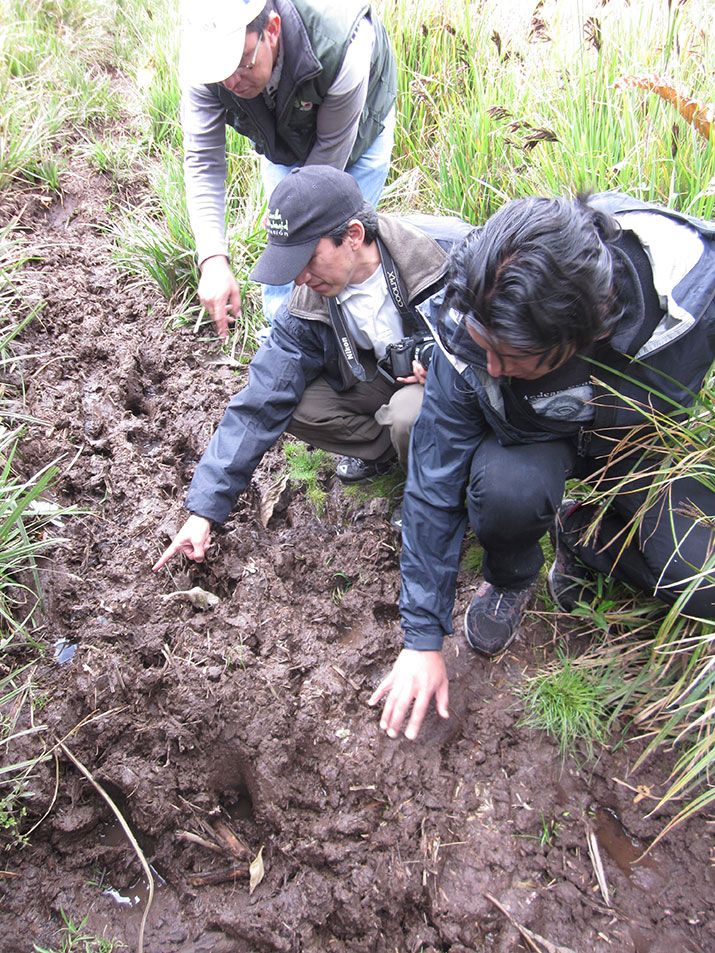
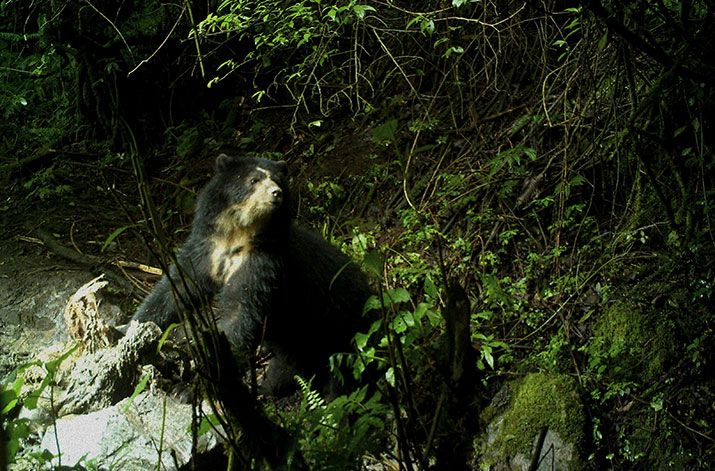
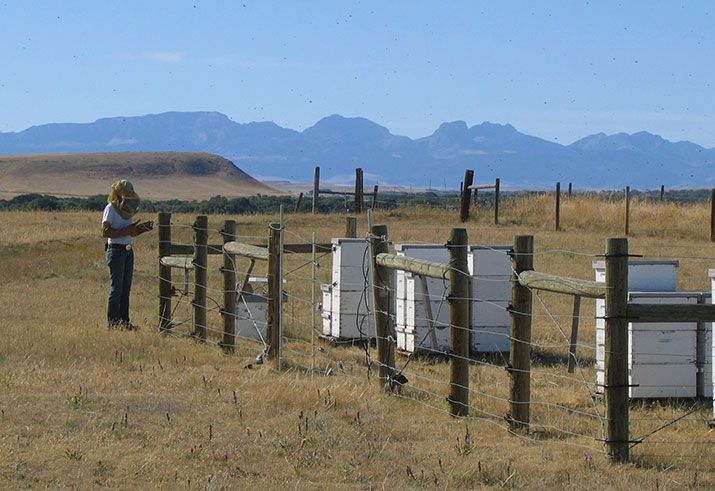
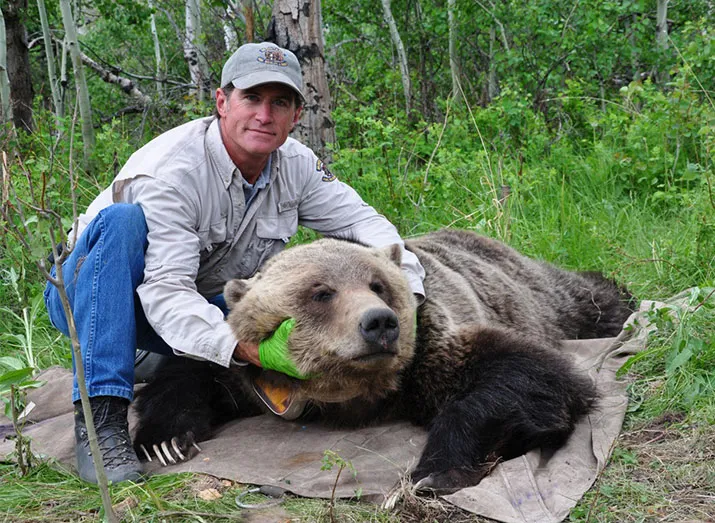
/https://tf-cmsv2-smithsonianmag-media.s3.amazonaws.com/accounts/headshot/Off-Road-alastair-bland-240.jpg)